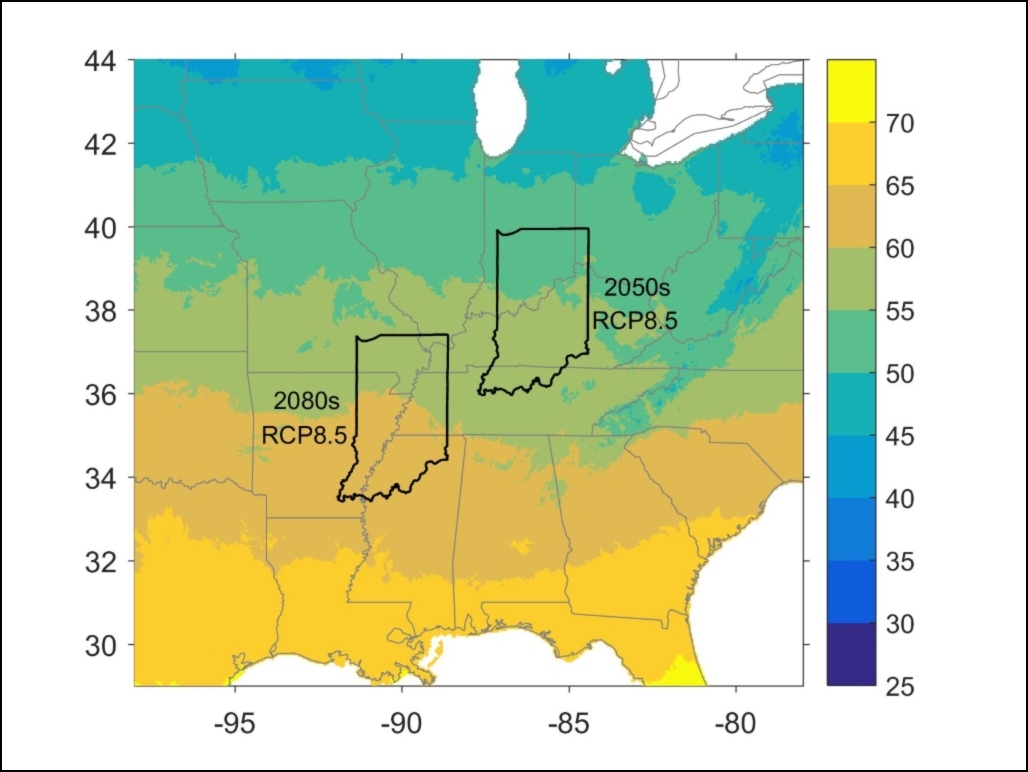The Problem
Climate models play a key role in guiding world governments as they enact plans to mitigate and adapt to climate change. Climate modeling centers around the world routinely release updated global-scale climate models that allow scientists to better project the severity of future climate impacts, depending on how quickly humans mobilize to reduce carbon emissions. These models, however, are not good at telling us about how weather patterns are likely to change at smaller scales in places like Indiana and the Midwest, limiting their usefulness for state and local decision makers.



